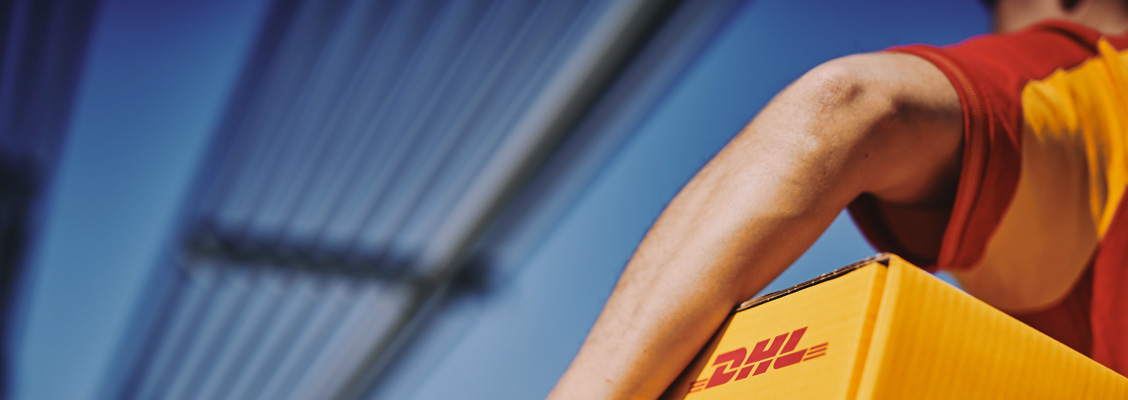Industry tips when shipping to the US
AUTOPARTS AND AUTOMOBILES
The US is the largest market for Japanese automobile parts exports, as Japan is renowned for its high-quality automobiles and auto parts. The customs clearance process for these items typically involves inspections to ensure compliance with safety and environmental standards.
There is a wide range of automotive parts, including engines, transmissions, electrical components, suspension parts, and brake systems. Recently, batteries and motors for electric and hybrid vehicles have also become popular export items. When exporting, it is necessary to clear safety and environmental standards at customs, and inspections by the US Environmental Protection Agency (EPA) and the US Department of Transportation (DOT) are required.
Speed and efficiency of car parts export is essential to the industry. Many auto manufacturers choose air transport as it allows them to deliver parts quickly without disrupting the production process, which greatly contributes to reducing manufacturing and operating costs.
Example items: Cars, motorcycles, engine parts, exhaust systems
Common documentation:
- US emissions certification: To prove that the vehicle complies with US emissions standards.
- Recognised vehicle safety certification: To prove that the vehicle being imported meets US safety standards.
ELECTRONICS
In the US, Japan's advanced electronic devices are also highly regarded due to their quality. In order to export to the US, it is essential to meet the standards of the Federal Communications Commission (FCC). In addition, while it is not compulsory to obtain UL certification2, it is effective for ensuring the safety and reliability of products.
Furthermore, it is important to understand the types of customs clearance procedures and the limits for import duties and taxes for various types of goods. Learn more about the US market in our country guide.
Example items: Cameras, televisions, computers, and mobile phones.
Common Documentation: FCC Compliance Certificate
AGRICULTURAL, FORESTRY AND MARINE PRODUCTS, INCLUDING FOOD
The amount of agricultural, forestry and marine products and food exported from Japan to the United States is increasing year on year, and in 2023 it exceeded 200 billion yen3, reaching a record high. In particular, demand for green tea is increasing against the backdrop of the growing health consciousness. In addition, due to the recovery of demand for eating out associated with the increase in Japanese restaurants, demand for “sauce mixed seasonings” such as Worcestershire sauce, mayonnaise, dressings and yakiniku sauce is also increasing.
When exporting agricultural, forestry and fishery products and food to the US, it is necessary to understand various regulations and duties. These include quarantine measures, food hygiene safety standards, regulations on pesticides, antibiotics and additives, containers and labeling, as well as sales and taxes. For agricultural products, for example, emphasis is placed on preventing pests and disease and food safety standards, and the necessary procedures are carried out under the supervision of the US Department of Agriculture (USDA) and the US Food and Drug Administration (FDA).
Example items: Fresh fruits and vegetables, meat and meat products, dairy products, and grains.
Common Documentation:
- Phytosanitary Certificates: Required for plants and plant products to certify that they are free from pests and diseases.
- Health Certificates: Required for meat, dairy, and other food products to certify that they meet health and safety standards. Issued by Japanese authorities and inspected by US authorities upon arrival.
PHARMACEUTICALS AND MEDICAL DEVICES
Pharmaceuticals and medical devices must meet strict hygiene and safety standards, and approval from the US Food and Drug Administration (FDA) is required for export. The definition of medical devices in the US is said to be broader than in Japan, with some products that are categorized as health goods or beauty products in Japan classified as medical devices in the US. Whether or not a product is classified as a medical device depends on its intended use, so for example, ear picks and toothbrushes may also be classified as medical devices in some cases.
If you are exporting and selling products that fall under the category of medical devices in the US, you will need to complete a number of applications and registration procedures. Products are further classified into classes, and different procedures are required for each, but after FDA approval, all products will proceed to “medical device facility registration”.
In addition, when exporting medical devices to the US, you are required to appoint one representative who is either a US resident or has a local office. There are also many other points to note, such as the requirement to regularly renew facility registration and pay annual registration fees.
Example items: Prescription drugs, surgical instruments, and diagnostic equipment
Common Documentation:
- FDA Approval/Registration: Proof that the pharmaceutical or medical device is approved by the FDA.
- Health Certificate: Certification from Japanese authorities regarding the safety and compliance of the product.











